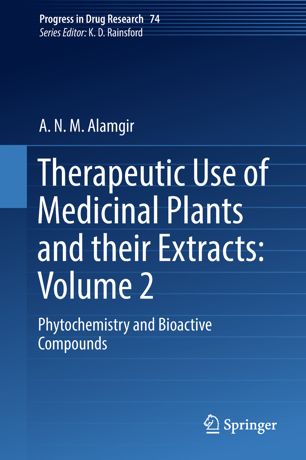

Most ebook files are in PDF format, so you can easily read them using various software such as Foxit Reader or directly on the Google Chrome browser.
Some ebook files are released by publishers in other formats such as .awz, .mobi, .epub, .fb2, etc. You may need to install specific software to read these formats on mobile/PC, such as Calibre.
Please read the tutorial at this link. https://ebooknice.com/page/post?id=faq
We offer FREE conversion to the popular formats you request; however, this may take some time. Therefore, right after payment, please email us, and we will try to provide the service as quickly as possible.
For some exceptional file formats or broken links (if any), please refrain from opening any disputes. Instead, email us first, and we will try to assist within a maximum of 6 hours.
EbookNice Team

Status:
Available5.0
7 reviewsThis book starts with a general introduction to phytochemistry, followed by chapters on plant constituents, their origins and chemistry, but also discussing animal-, microorganism- and mineral-based drugs. Further chapters cover vitamins, food additives and excipients as well as xenobiotics and poisons. The book also explores the herbal approach to disease management and molecular pharmacognosy and introduces methods of qualitative and quantitative analysis of plant constituents.
Phytochemicals are classified as primary (e.g. carbohydrates, lipids, amino acid derivations, etc.) or secondary (e.g. alkaloids, terpenes and terpenoids, phenolic compounds, glycosides, etc.) metabolites according to their metabolic route of origin, chemical structure and function. A wide variety of primary and secondary phytochemicals are present in medicinal plants, some of which are active phytomedicines and some of which are pharmaceutical excipients.